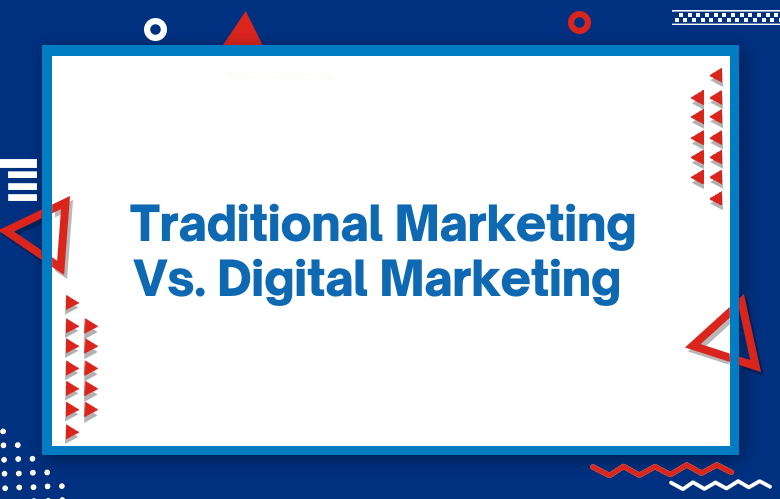Chief Integration Officer (CIO) Role and Responsibilities

The Chief Integration Officer (CIO) is a strategic leader overseeing integrating new products, services, and technologies into the organization. The CIO is critical in ensuring the organization can effectively adapt to changing market conditions and customer needs by integrating new offerings and technologies into its operations and business processes.
Chief Integration Officer (CIO) Role and Responsibilities
The CIO must have strong leadership, communication, and collaboration skills and a deep understanding of the organization’s business strategy and goals. The CIO must also have experience developing and executing integration strategies, leading integration teams, and using integration initiatives to drive business growth and success.
By developing and executing an integration strategy that supports the organization’s overall business objectives, leading the integration of new products, services, and technologies, collaborating with other departments, monitoring and measuring integration initiatives, identifying and addressing challenges and risks, developing and implementing policies and procedures, and staying up to date on industry trends and best practices, the CIO helps the organization achieve its strategic objectives and create long-term value for all stakeholders.
The CIO’s role is critical in today’s fast-paced, competitive business environment, where organizations must continually adapt to changing market conditions and customer needs by integrating new offerings and technologies into their operations and business processes.
The CIO’s responsibilities include:
It is developing and executing an integration strategy that aligns with the organization’s overall business objectives and supports its long-term growth and success.
She is leading the integration of new products, services, and technologies into the organization, including developing implementation plans, project management, and change management.
We collaborate with other departments, including product management, engineering, marketing, and sales, to ensure that integration initiatives support overall business objectives and meet customer needs.
Monitoring and measuring the success of integration initiatives, including assessing their impact on business performance and customer satisfaction.
We identify and address challenges and risks associated with integration initiatives and develop mitigation strategies to ensure successful implementation.
We are developing and implementing policies and procedures to support effective integration management.
I am staying current on industry trends and best practices in integration management and using this knowledge to enhance integration initiatives and support overall business objectives.
The Powerhouse Behind Company Synergy: Understanding the Chief Integration Officer Role
The Chief Integration Officer (CIO) plays a critical role in an organization, especially during rapid growth, mergers, and acquisitions. The CIO is responsible for ensuring that all company components function seamlessly together, creating a unified whole that is greater than the sum of its parts.
This executive position requires a unique blend of strategic thinking, project management, and cross-functional collaboration. The CIO is responsible for aligning various business units, departments, and teams, ensuring they work towards a common goal and leveraging their collective strengths to drive growth and success.
Navigating the Digital Overhaul: The Evolving Responsibilities of a Chief Integration Officer
The Chief Integration Officer (CIO) is a strategic leader who is critical in driving organizational success by leading and managing the integration of new technologies and digital solutions into the organization’s operations and business processes.
The CIO is responsible for developing and implementing a digital integration strategy that aligns with the organization’s overall business objectives, supports its digital transformation efforts, and enables it to adapt to changing market conditions and customer needs.
We are leading and managing the digital integration process, developing and implementing a digital integration strategy, identifying and managing risks, developing and implementing policies and procedures, communicating effectively, monitoring and evaluating progress, and ensuring that the digital integration process is completed on time and within budget.
The CIO helps create a cohesive, unified organization better equipped to achieve its strategic objectives in the digital age. The CIO’s role is critical in today’s fast-paced, digital environment, where organizations must continually adapt to changing market conditions and customer needs by integrating new technologies and digital solutions into their operations and business processes.
Master of Interconnectedness: Unleashing the Potential of a CIO
By leading and managing the integration process, developing and implementing a comprehensive integration strategy, identifying and addressing risks, communicating effectively, monitoring and evaluating progress, providing leadership and guidance, and identifying opportunities for innovation and growth, the CIO helps to create a cohesive and unified organization that is better equipped to achieve its strategic objectives and deliver value to customers.
The CIO’s role is critical in today’s fast-paced, interconnected business environment, where organizations must continually adapt to changing market conditions and leverage the full potential of their related components to drive success.
Integrating for Success: The CIO’s Crucial Role in Mergers and Acquisitions
Mergers and acquisitions (M&A) are complex processes that require careful planning, management, and execution to be successful. The Chief Integration Officer (CIO) plays a critical role in ensuring that the integration of the merging or acquired companies is seamless, efficient, and value-adding.
The CIO’s responsibilities in M&A integration include:
Developing and implementing a comprehensive integration strategy that aligns with the overall business objectives of the combined organization and supports its long-term success.
We lead and manage the integration process, including project management, change management, and communication with key stakeholders.
We are identifying and addressing potential roadblocks, challenges, and risks associated with integration, including cultural, operational, and financial risks.
It ensures that the integration process is well-communicated to all stakeholders, including employees, customers, and shareholders, to ensure that everyone understands the importance of integration and how it supports the organization’s overall objectives.
Monitor and evaluate the integration process’s progress and make adjustments as necessary to ensure that it remains aligned with business objectives.
From Silos to Seamless: How a CIO Ensures Effective Integration
Mergers and acquisitions are common strategies for organizations looking to grow, expand into new markets, or gain a competitive advantage. However, these transactions can also present significant challenges, particularly when integrating the acquired company’s operations, systems, and cultures into the acquiring organization.
This is where the Chief Integration Officer (CIO) plays a crucial role. The CIO is responsible for leading and managing the integration process, ensuring that all components of the newly combined organization work seamlessly and effectively.
Network Ninja: How the CIO Drives Innovation Through Integration
Effective integration becomes more critical as organizations increasingly rely on complex networks of interconnected systems, technologies, and processes to support their operations and achieve their objectives. The Chief Integration Officer (CIO) is a strategic leader who plays a crucial role in driving innovation through integration by leveraging the combined strengths of the organization’s interconnected components.
Conclusion
The Chief Integration Officer (CIO) oversees the integration of business units, divisions, or acquisitions into a cohesive organization. The CIO leads and manages the integration process, from planning and implementation to monitoring and evaluation.
By leading and managing the integration process, identifying and managing risks, developing and implementing policies and procedures, communicating effectively, monitoring and evaluating progress, and ensuring that the integration process is completed on time and within budget, the CIO helps to create a cohesive, unified organization that is better equipped to achieve its strategic objectives.



